Continuing the design jams, we had one at Akshara’s office last weekend. The dataset we decided to pursue was the Karnataka SSLC results, which we had for the 5 years.
We addressed two questions:
- How do Government schools perform when compared to private schools?
- How does the medium of instruction affect marks in different subjects?
When comparing Government and private schools, here’s the result.
Each box is a school. The size of the box represents the number of students from that school who appeared in the Class X exam. (Only schools with at least 60 students were considered.) The colour represents the average mark – red is low, and green is high.
What’s immediately obvious is that private schools perform much better on average than Government schools, what’s less clear is when this difference starts. The series of graphs below show the number of schools at various mark ranges. The first shows schools with an average of 0 – 30%. The next, from 0 – 40%, and so on until 80%. Then it shows schools with an average of 30% – 100%. The next, from 40% – 100%, and so on until 80% – 100%.
From the first graph, you can see that there are as many poor schools (average 0 – 30%) among the private and Government schools. But from the last graph, you can see that there are far more good private schools (average 80 – 100%) than Government schools.
So, there are poor performing schools among the private schools as well. However, there are very few excellent Government schools.
We compared the impact of medium of instruction against the subjects as well. The table below shows boxes for each subject taken under each medium of instruction. The size of the box represents the number of students taking that combination. The colour indicates the average mark (red is low, green is high.)
Clearly, Sankskrit is a high scoring language. (At least one person at the design jam chose Sanskrit for this very reason.) Kannada scores well too – especially as a first or third language; but not as well as a second language.
On average, English medium students have the highest marks, followed by Kannada medium students. Students studying other in mediums of instruction perform poorly in most subjects barring their language.
There’s clearly a strong correlation between the medium and the subject. Kannada medium students score high in Kannada, Urdu medium students shore high in Urdu, and so on. But while English medium students do score high in English, they tend to score much better at Kannada, Urdu and Sanskrit!
You can explore these results at https://gramener.com/karnatakamarks/
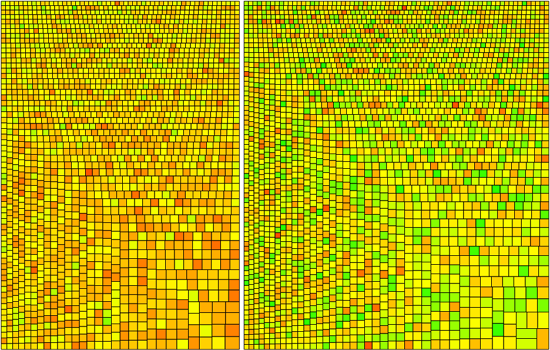
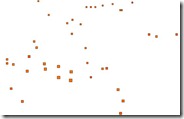
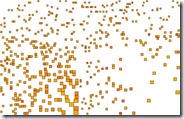
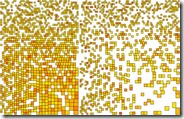
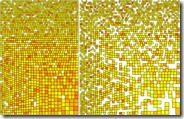
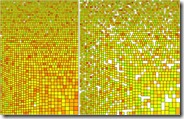
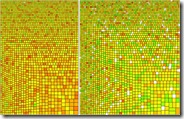
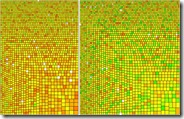
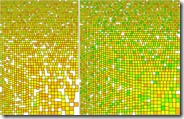
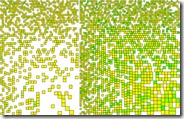
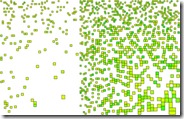
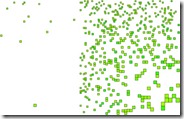
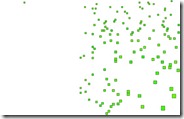
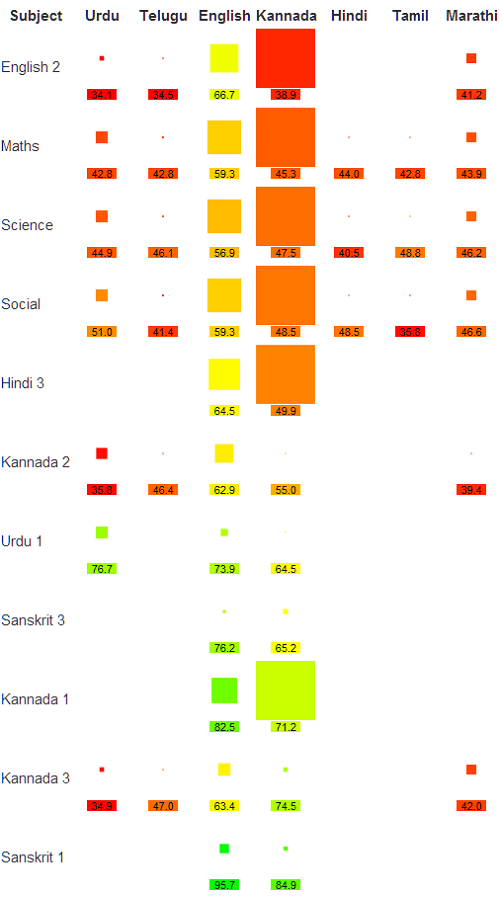
Have you looked at these two aspects?
1. What is the average enrolment for SSC in govt schools Vs Pvt?
2.Is there a category called privately appeared for SSC? My hunch is the low performers from Pvt schools are given TC and are asked to take SSC from pvt category; the obvious reason is to target 100% pass percentage.
@vaijayanti, there are 82 students on average in the 4,100 government schools; 64 students in the 7,900 private schools. We didn’t have data on those that appeared privately, I’m afraid.
This is awesome. Is the code on github?
@Alok, here is the data extraction part.